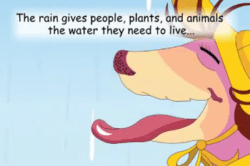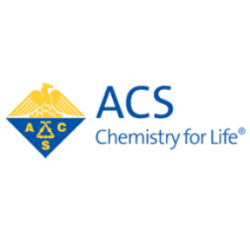Students investigate weather-related phenomena including the cause of rain, evaporation, snow, and wind. Students also explore how a coat helps us stay warm in the cold and how blocking the sun to make a shadow causes the temperature to decrease.
What Makes It Rain?
Students use tiny drops of water on a laminated drawing of a cloud to investigate the question: What makes it rain?
Objective
Students will be able to explain that clouds are made up of tiny droplets of water. They will also be able to make a model to explain that these water droplets come together to form larger drops that fall from clouds as rain.
Key Concepts
- Rain comes from tiny water droplets in clouds.
- As the number of water droplets increases, they join together to make larger drops thatfall as rain.
Note: How the water gets up into the cloud initially (evaporation and condensation) is investigated in the next lesson (Lesson 1.2).
NGSS Alignment
- K-ESS2-1: Use and share observations of local weather conditions to describe patterns over time.
The activities in this lesson focus on what a cloud is and what makes it rain. Students will understand the connection between clouds and rain and recognize the pattern that clouds are necessary for rain.
Summary
- Students watch a video of rain falling and have a class discussion about the importance of rain and how we use water in our daily lives.
- Students put tiny drops of water on a laminated picture to make a model of a cloud.
- Students stand the card up and the drops stay in the cloud but when they make the drops bigger, they fall as rain.
- Students see an animation showing that clouds are made of tiny water droplets and that these droplets come together to make bigger drops that fall as rain.
- Students model this process using clay or Play-Doh to represent tiny droplets in a cloud.
Evaluation
There is no formal student activity sheet or assessment for this lesson. To evaluate student understanding, use your usual methods of interacting with students, asking questions, and discussing ideas with students as they participate in the different parts of the lesson.




